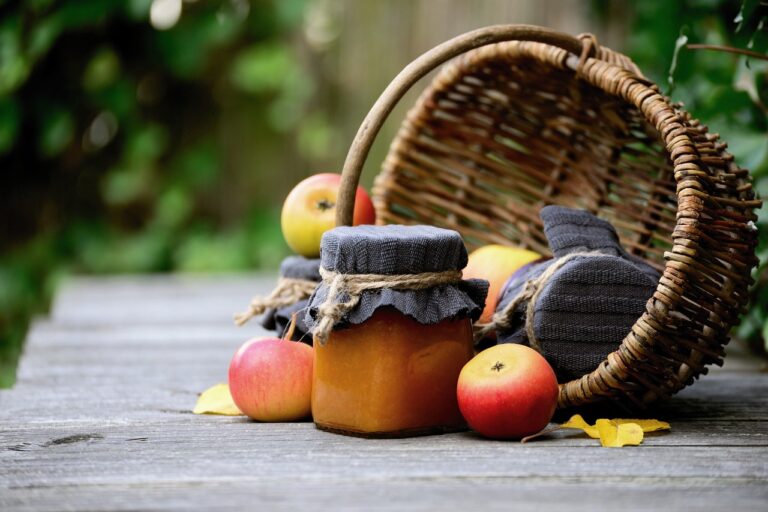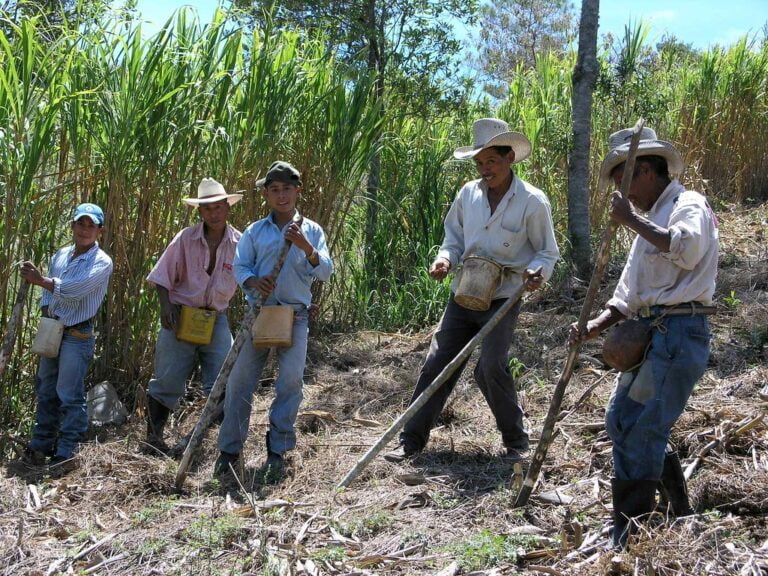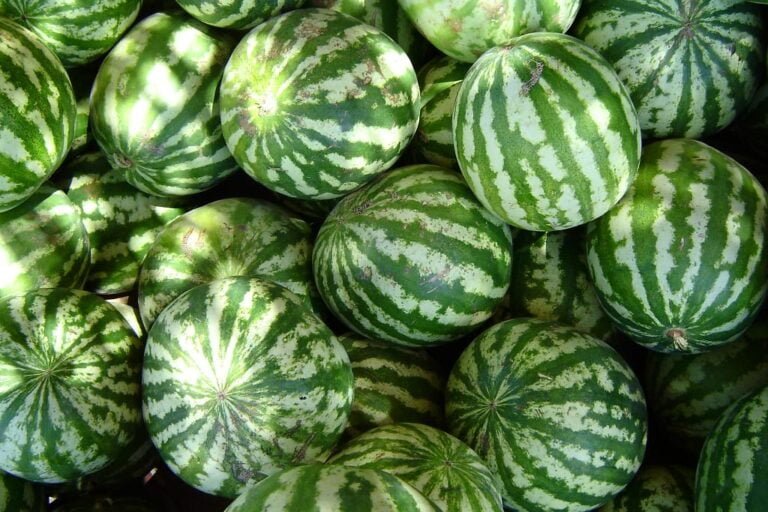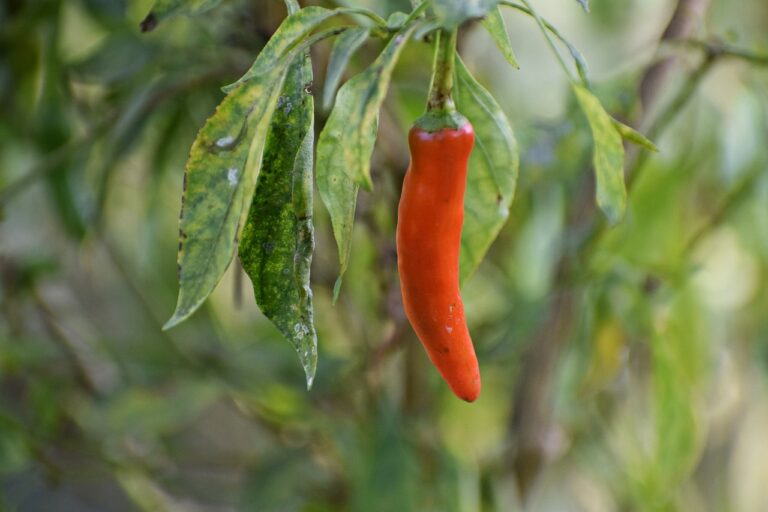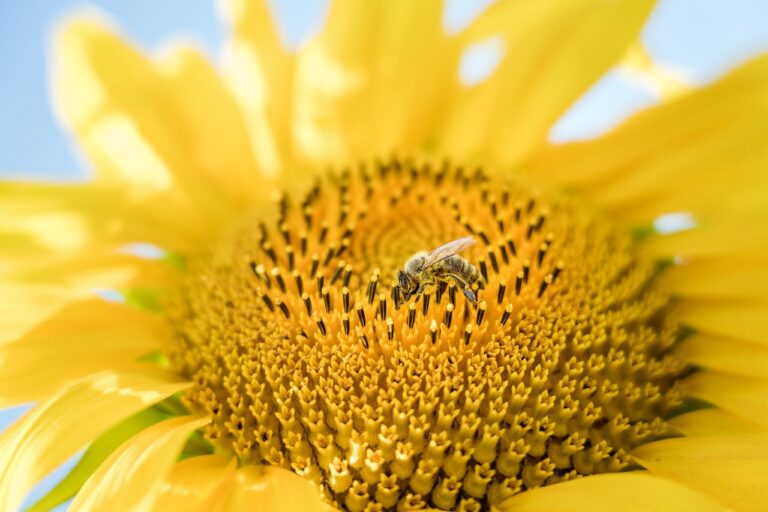Understanding the Different Stages of a Cantaloupe Plant's Growth
You've decided to grow your own cantaloupe plant, but you're not quite sure what to expect. Don't worry, we've got you covered! In this article, we'll walk you through the different stages of a cantaloupe plant's growth, from seed germination to harvesting time. We'll provide practical tips and observations to help you understand each stage and ensure a successful harvest. Get ready to serve yourself and your loved ones with delicious, homegrown cantaloupes!
Seed Germination
To begin the process of seed germination, you will need to start by placing the cantaloupe seeds in a moistened paper towel inside a plastic bag. This method is known as the "paper towel germination technique" and is commonly used because it provides the seeds with the moisture and warmth they need to sprout. After placing the seeds in the bag, seal it tightly and make sure it is kept in a warm location. The warmth will encourage the seeds to germinate and start developing roots. It is important to check the seeds regularly to ensure that the paper towel remains moist. In about 7 to 10 days, you will see tiny roots emerging from the seeds. Once this happens, you can transfer the germinated seeds into small pots filled with soil and continue their growth. Remember to water them regularly and provide them with ample sunlight for optimal growth.
Cotyledon Development
As the cantaloupe seeds begin to germinate and develop roots, the next stage of their growth is the development of cotyledons. Cotyledons are the first leaves that emerge from the seed and play a vital role in providing energy and nutrients to the young plant. You will notice that the cotyledons are thick and fleshy, serving as storage organs for the plant. They are responsible for absorbing sunlight and converting it into food through photosynthesis. These initial leaves may appear green or pale yellow, depending on the variety of cantaloupe. As the cotyledons continue to grow, they will eventually be replaced by true leaves, which will take over the process of photosynthesis and further support the growth of the cantaloupe plant.
True Leaf Formation
As the cotyledons continue to grow, they develop into true leaves, which play a crucial role in the further growth and photosynthesis of the cantaloupe plant. True leaves are the second set of leaves to emerge from the plant's stem, appearing after the cotyledons. These leaves have a distinct shape and structure, with a prominent midrib and smaller veins branching out from it. They are responsible for capturing sunlight and converting it into energy through photosynthesis. True leaves also help in the absorption of water and nutrients from the soil, facilitating the plant's overall development. As the plant grows, more true leaves will emerge, increasing the surface area available for photosynthesis and ensuring the plant's continued growth and fruit production.
Vine Growth
Your cantaloupe plant's vine growth is an essential stage in its development. During this phase, the plant's main stem begins to elongate and produce lateral branches, which will eventually bear flowers and fruit. The vine growth is a clear indication that your plant is thriving and progressing towards maturity. It is important to provide adequate support for the growing vines, such as trellises or stakes, to prevent them from sprawling on the ground and potentially getting damaged. Regularly inspect the vines for any signs of pests or diseases, and promptly address any issues that may arise. Additionally, ensure that your plant receives sufficient sunlight, water, and nutrients to support healthy vine growth. By taking care of your cantaloupe plant's vines, you are nurturing its overall development and maximizing its yield potential.
Flowering Stage
During the vine growth stage, as your cantaloupe plant's main stem elongates and produces lateral branches, it begins to enter the flowering stage. This is an exciting time for your plant as it prepares to produce the delicious cantaloupes you've been eagerly anticipating. The flowering stage typically occurs around 35-45 days after planting, although this can vary depending on the specific variety of cantaloupe. You will start to notice small yellow flowers appearing on the lateral branches of your plant. These flowers are essential for the pollination process, as bees and other pollinators will visit your plant to transfer pollen from the male flowers to the female flowers. Ensuring a healthy population of pollinators in your garden will greatly increase the chances of successful pollination and fruit set.
Fruit Set
The cantaloupe plant's fruit set is a crucial stage in its growth and development. During this stage, the plant transitions from the flowering stage to the production of fruit. It is at this point that the fertilized flowers start to form small, green fruit. As the fruit continues to develop, it will grow in size and change color, eventually reaching its full ripeness. To ensure a successful fruit set, it is important to provide the plant with proper care and attention. This includes regular watering, adequate sunlight, and the removal of any competing weeds or pests. Additionally, it is essential to monitor the plant for any signs of disease or nutrient deficiencies, as these can negatively impact the fruit set. By taking these steps, you can help the cantaloupe plant thrive and produce a bountiful harvest for you to enjoy.
Fruit Development
As the cantaloupe plant progresses through its growth stages, the development of its fruit becomes increasingly evident. After the successful pollination and fruit set, the tiny fruit begins to grow rapidly. You will notice that the fruit starts to increase in size and develop a round shape. The skin of the cantaloupe becomes rougher and starts to form a netted pattern, which is a characteristic feature of this fruit. The color of the fruit also changes from green to a creamy beige or yellowish hue. As the fruit matures, it becomes juicier and sweeter. You can gauge the ripeness of the cantaloupe by gently pressing the blossom end – if it gives slightly under pressure, it is ready to be picked. Enjoy the delicious taste of your homegrown cantaloupes!
Ripening Process
To ripen a cantaloupe, you can accelerate the process by placing it in a paper bag with a ripe banana. The ethylene gas produced by the banana will help speed up the ripening process of the cantaloupe. Make sure to choose a ripe banana that has a golden-yellow color and is slightly soft to the touch. Place the banana and the cantaloupe in a paper bag and fold the top of the bag to seal it. Leave the bag at room temperature for a couple of days, checking on the cantaloupe periodically. Once the cantaloupe is fully ripened, it should have a sweet aroma, a yellow or orange color, and a slightly soft texture when gently pressed. Enjoy your perfectly ripened cantaloupe in a refreshing fruit salad or as a healthy snack option.
Harvesting Time
When harvesting cantaloupes, wait until they are fully mature before picking them from the vine. To determine if a cantaloupe is ripe, examine its outer appearance. A ripe cantaloupe will have a golden color and a slightly rough texture on its skin. It should also emit a sweet aroma. Gently press the blossom end of the cantaloupe – it should yield slightly to pressure, indicating it is ready for harvest. When picking, use a sharp knife or shears to cut the stem about half an inch above the fruit. Avoid pulling or twisting the cantaloupe, as this can damage the plant. Remember to handle the cantaloupes with care to prevent bruising. Harvesting at the right time ensures that you enjoy the sweetest and juiciest cantaloupes.
Post-Harvest Care
How should you care for a harvested cantaloupe plant? After harvesting your cantaloupes, it's important to give them the proper care to ensure their freshness and longevity. Start by gently cleaning the fruits with a damp cloth to remove any dirt or debris. Then, store them in a cool, dry place, such as a pantry or cellar, where the temperature is around 50-55°F (10-13°C). Avoid storing them near other fruits or vegetables that produce ethylene gas, as this can cause the cantaloupes to ripen too quickly. Check the fruits regularly for any signs of spoilage, such as mold or soft spots, and remove any affected ones immediately to prevent the spread of decay. By following these simple steps, you can extend the shelf life of your harvested cantaloupes and enjoy their delicious flavor for longer.
Conclusion
After understanding the different stages of a cantaloupe plant's growth, it is clear that proper care and attention are crucial for a successful harvest. From seed germination to post-harvest care, each stage requires specific actions and conditions. Observing the plant's development, providing adequate sunlight, water, and nutrients, and monitoring for any signs of disease or pests are essential for a fruitful harvest. With patience and practicality, you can enjoy the sweet rewards of your cantaloupe plant.

